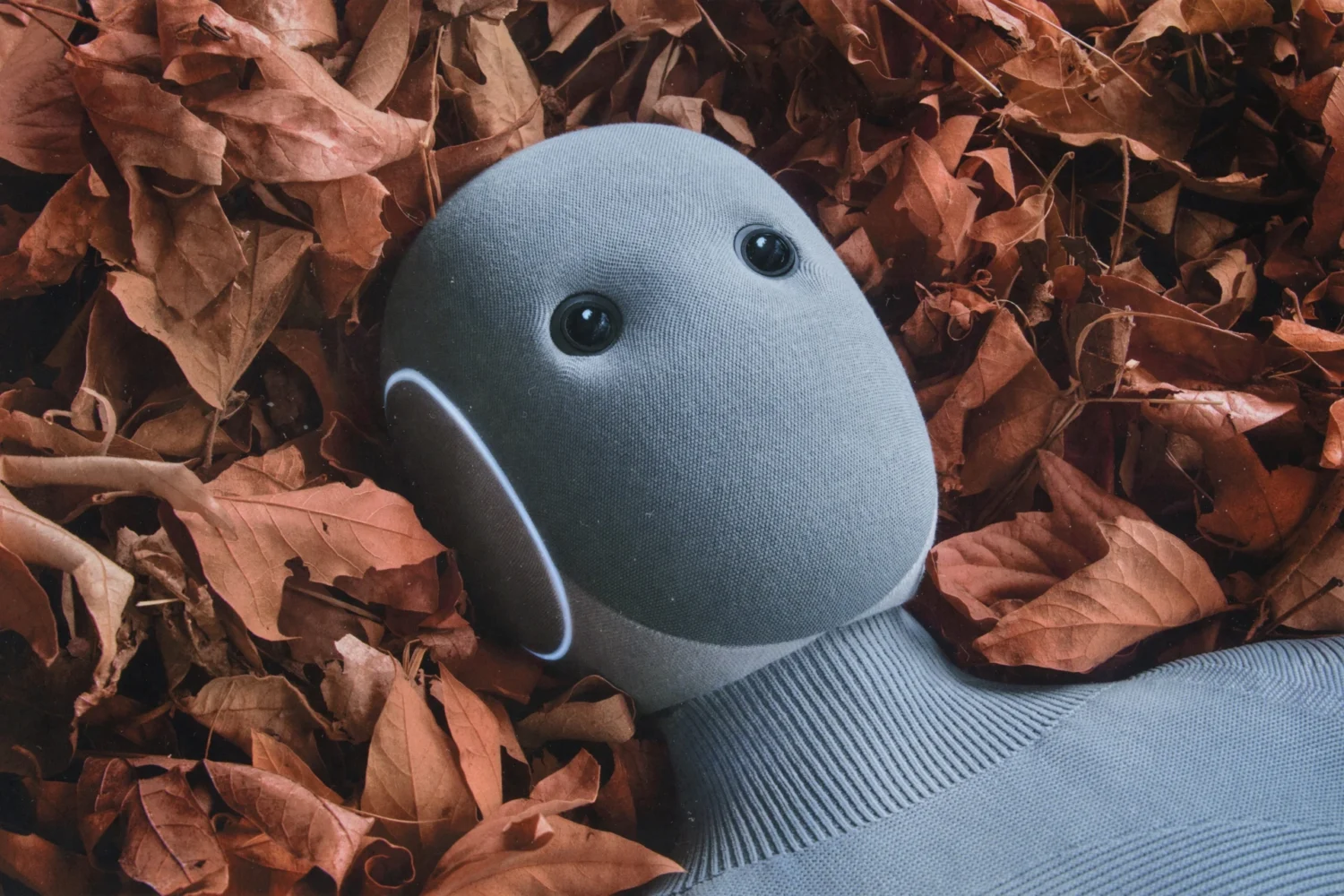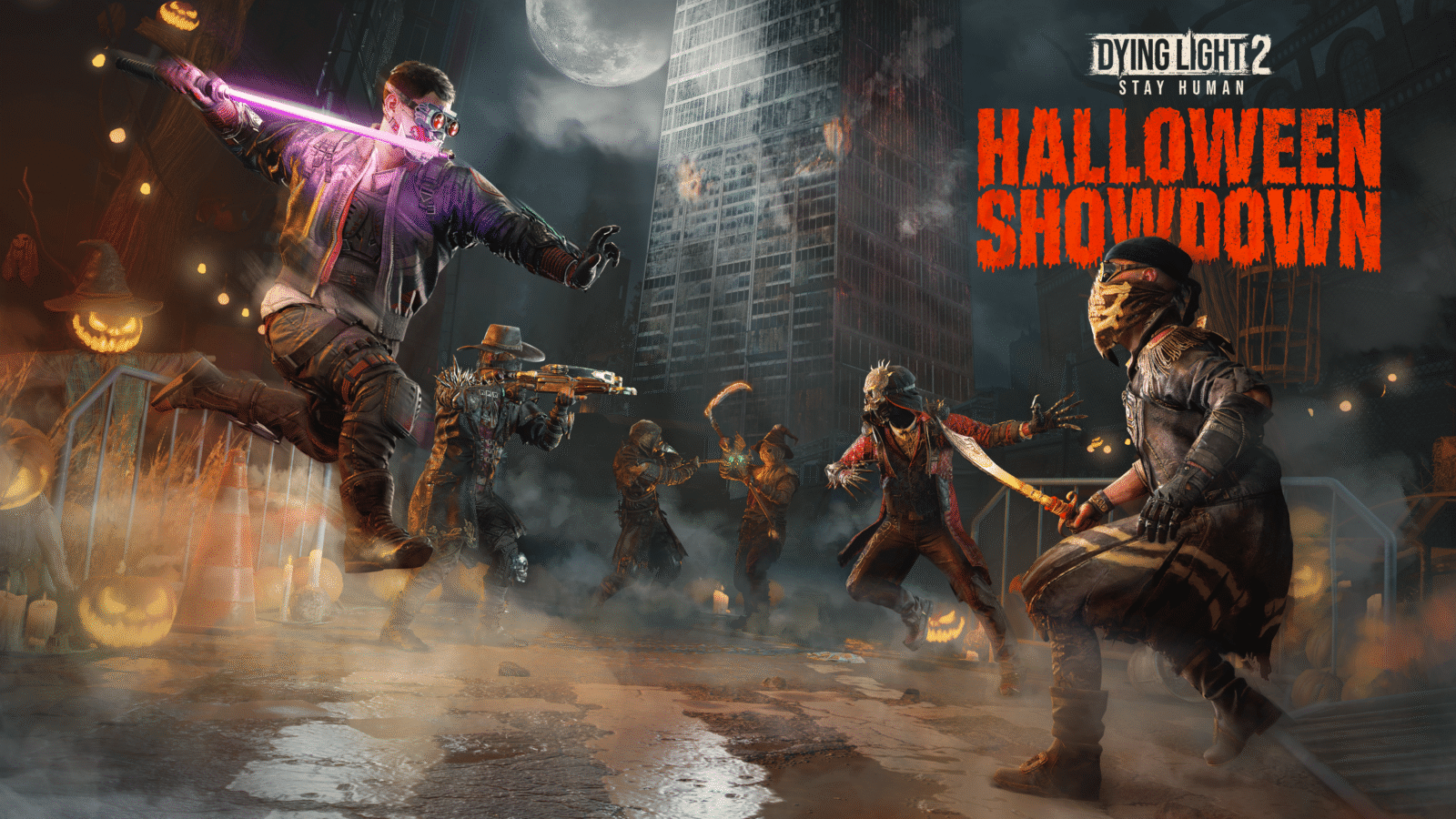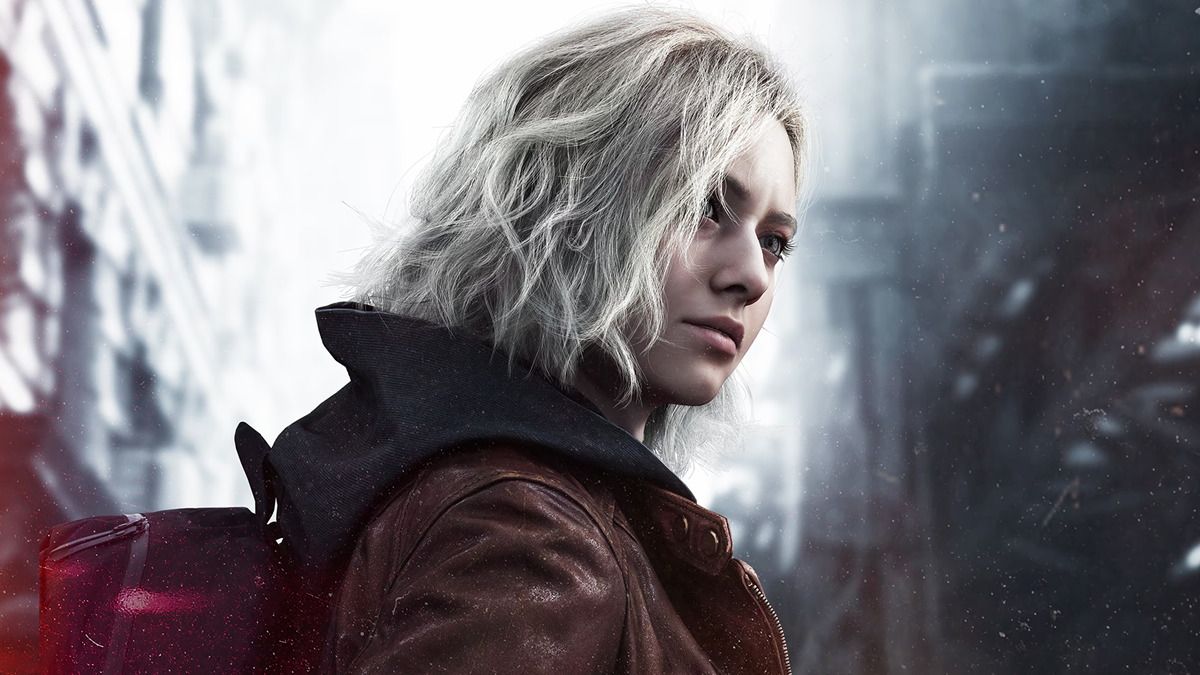Some stories don’t just unfold — they linger, haunt, and echo long after the final frame fades to black. To Cook a Bear is one of those stories. Adapted from Mikael Niemi’s acclaimed novel, the Disney Nordic and Anagram series ventures far beyond the bounds of a conventional murder mystery, plunging us into the icy heart of 1850s Lapland — a land where faith and reason collide, superstition breathes down the neck of science, and the wild is as indifferent as it is alive.
At the center of it all stands Pastor Laestadius — part prophet, part proto-detective — and Jussi, his devoted protégé. Together, they navigate a world on the cusp of change, where monsters may be real or imagined, and every clue carries the weight of belief and doubt. It’s a tale of colonial tension, human frailty, and the primal need for meaning, told with a slow, hypnotic rhythm that refuses to bow to streaming’s obsession with speed.
To understand how such an ambitious vision came to life — and why To Cook a Bear embraces bold tonal shifts, philosophical depth, and deliberate storytelling risks, Absolute Geeks had a conversation with the series’ director, Trygve Allister Diesen.
In this in-depth conversation, Diesen reflects on everything from capturing the story’s soulful complexity and visual grandeur to building its tender core and daring audiences to lean into ambiguity.
Q&A
Q: To Cook a Bear feels less like a conventional murder mystery and more like a meditation on belief, fear, and human frailty. How did you approach adapting Mikael Niemi’s novel to preserve that philosophical depth while still delivering a compelling story?
A: I knew and loved Mikael Niemis novel – it has a richness and depth not commonly seen in any crime-driven story. It reminded me of Umberto Eco’s The Name of the Rose — both use crime as a doorway to explore belief, reason and fear. So for me it was absolutely essential to give those elements the time and story space needed. This is a story better told in six episodes than in a two hour feature for that reason. Screenwriter Jesper Harrie did a great job on the scripts.
As director, I believe you need to cast great actors that focus more on subtext than text, so every scene is not just about what happens or what’s said – but what it really means. For the characters, but also for the story as a whole.
Q: The series deliberately embraces a slow, hypnotic pace that defies modern streaming trends — a choice that some reviewers praised as bold and others found challenging. Was that pacing an intentional risk, and how did you keep tension alive within such a meditative structure?
A: Pacing is always extremely important. Here, the crime story is the engine, but the characters and their world are the heart and meat of it. Crime may push us through – but characters are what pulls you in. Performances is what sticks with you.
With our great editors, we put a lot of energy into finding the right cliffhangers. So even if is a slow burn at times – every ending is designed to make sure you want to see the next episode.
And right now – to be honest – too many shows are just too damned alike. In pacing, look and dramaturgy. To me, that gets boring. So to stand out is a good thing. A deliberate choice. Even though it might not be for all.
Perhaps The Pastor would have quoted The Revelation 3:15-16:
“I know thy works, that thou art neither cold nor hot: I would thou wert cold or hot. So then because thou art lukewarm, and neither cold nor hot, I will spue thee out of my mouth.”
To Cook a Bear
Q: The “bear” becomes far more than a creature — it’s a mirror for the village’s fears, prejudices, and need for monsters. How did you and your team weave that metaphor visually and narratively throughout the show?
A: Good question. It’s particularly important for Jussi, as bears are considered holy animals in traditional Sami culture. So it’s a rift there, between the Pastor and Jussi. And one of the first times he argues with his father is over this. The Pastor sees how the bear is a scapegoat – a symbol for the outsider, the beast. Literally he even cuts into the bear, pulls out its insides to expose the lies of his enemies.
Q: Faith and science, reason and superstition, constantly collide in Pastor Laestadius’ investigation. What did you want viewers to take away from his blend of spiritual intuition and proto-forensic thinking?
A: Pastors and religious leaders are often portrayed as enemies reason and enlightenment – for obvious reasons. But historically, great thinkers have also been fostered by the church. And the historical inspiration for The Pastor – Laestadius – was a dichotomy in himself. Deeply devout, but also a scientist, a botanist. He studied nature – probably to see the workings of God – and we just push that love of reason and deduction into his investigations. He believes in logic AND God. For a director — and for Gustaf as an actor — that duality is gold. Both within the character and between the Pastor and others. It’s rich, meaty and adds layers. And it’s also a hell of a lot of fun to surprise the audience with his brilliance. He could teach Sherlock a thing or two.
Q: The northern landscape is often described as a character in its own right — vast, indifferent, and deeply atmospheric. What choices in cinematography, sound, and production design helped you achieve that immersive world?
A: First of all: Choice of locations. We travelled a lot, to find and shoot in locations that added depth and value. At my first Disney pitch, I said I wanted it to be «Big, Bold, Beautiful – and I’ll shoot it like a western.» And we did. In the cinemascope format, with anamorphic lenses, cutting from extreme wide shots to ultra close ups. That also makes the edits dynamic, and shows people as small in a very big world.
I was adamant to shoot as much as possible outdoors, and nature in itself – in all it’s beauty and harshness – is very much a character here. Caught through the lens of cinematographer Aril Wretblad, it adds so much flavor and depth. What The Pastor says about the painter Beronius, I can repeat about Aril: «he can really capture the light».
And of course, Nordic scenic beauty is a great selling point when you want to promote a series. But that’s a bonus, not a main reason.
I wanted the music to be beautiful, not just functional. And with a Nordic sound but a western feel. Our composer Anne Chmelewsky hit that mark – and sound designer Micke Nyström blended the score with nature and animals sounds to make a heightened world, all our own.
Knowing we wanted to shoot extreme wides, the costume- and makeup- designers came up with very specific profiles for each character. Their whole idea was that we should be able to line all the main characters up – in profile in a wide shot -and still exactly know who’s who. I loved that! And so did the actors.
Q: The series explores colonialism, anti-Sámi prejudice, and class tension with a subtle hand. How did you approach these heavy social themes without turning the show into a historical lecture or message drama?
A: The most important thing is to be aware of the historical reality – and not fall into the paternalistic trap of portraying underdogs as saints. But as people.
Ironically, that’s what the real Leastadius actually did – he looked people in the eye, instead of looking down on the downtrodden. Though, he was no saint, either. But the very idea of equal worth/equality was – and in many places still is – extremely radical.
To answer your question- it becomes a history lesson when you explain situations, not when you make your characters live in them. And the book – and our story – is a fable, a saga – not a documentary.
And our choices in form – like cinemascope, our score, and the risks we took in character design, makeup, costumes, etc – will hopefully wash away any taste of lecture or message drama.
Q: The relationship between Laestadius and Jussi gives the series its emotional core. How did you work with Gustaf Skarsgård and Emil Karlsen to build such a layered, tender, and complex dynamic on screen?
A: First of all – we made sure we had the right actors. We screen-tested several potential Jussis against Gustaf. He was also a producer on the show, a «partner in crime», so to speak. And generous with his time. Emil had played the part before, on stage, but I didn’t know that when the casting agents brought him to me. But there was an immediate connection between Emil and Gustaf. They are both philosophical of nature. The fact that they didn’t know each other- and that Gustaf is so experienced and Emil was not – also gave him a somewhat of a mentor role on set. They grew to know new things about each other, and we get to watch it. This is a father-and-son story – but also a coming-of-age.
I always try to keep a quiet, focused and friendly set. Even playful, whenever possible. And you need that to get tenderness, I think.
Q: Some reviewers noted tonal shifts — moments that border on eccentric or even absurd, like the infamous “evidence-licking” scene — and others that feel deeply Gothic or Western. Were those tonal changes deliberate, and how did you decide where to push boundaries?
A: Yes – they were deliberate! The book is a volcano of tonal shifts and storytelling glee. I had no intention of making a dry and distant detective story. You want to push boundaries and hope for surprises. And we’re acutely aware of the fact that we are telling a story. And sometimes there’s more truth in that than any historical record. As mentioned – we had «Big, Bold, Beautiful» as a mantra, and looked for places to follow up. And if you’re in 1852, and see something red on the ground – how will you know it’s blood if you don’t taste it? There’s no crime lab around. It also manifests The Pastor’s drive and tunnel vision when on a case… He does what’s necessary.
To Cook a Bear Review
Q: Critics have pointed out that the mystery sometimes requires “leaps of faith” from the audience and that the series intentionally leaves some questions unresolved. How did you strike the balance between ambiguity and narrative clarity?
A: The novel has elements that cross the border to the supernatural. I guess we try to balance on the knife’s edge. But we also try to see the world as our characters – and they belive in good and evil – as well as physical manifestations of God and Satan. So to understand them, we put on their glasses.
Some things – in life as in a miniseries – are best left unresolved or ambiguous. Life is more fun because it’s messy — series too. Within limits. But I do hope everyone will follow the main storyline, and hopefully want even more at the end.
Q: To Cook a Bear is slow, strange, and unapologetically earnest — qualities that make it stand out but also polarize audiences. What do you hope viewers take away from this story, and has audience reaction surprised you in any way?
A: With full support of great producers at both Anagram and Disney Nordic, we decided to go all in, in format and storyteller style, fully aware it could divide audiences.
The last thing I wanted, was to be boring and predictable. So I’ve been absolutely thrilled with the reception so far. We got stellar reviews in Sweden – when the book is a modern classic and the writer a national treasure – and I can only hope the rest of the world agrees. Personally, I love the story and the characters – and can hardly wait to see how our story, our baby, fares in the world.







